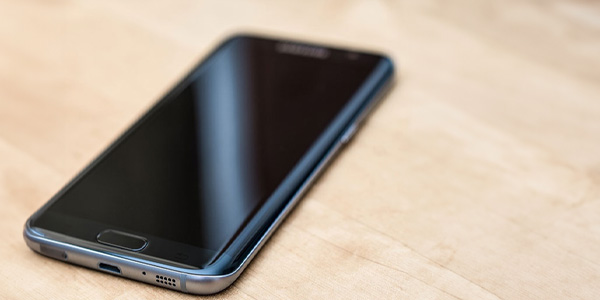

Tips for recycling
Recycling conserves natural resources and saves money. It is important to reuse valuable raw materials and reduce waste. Here you can find tips for setting up a recycling point, using digital devices, consuming clothes responsibly and much more.

Setting up a recycling point at a club room (request from residents)
A recycling point promotes recycling, environmental awareness and the recovery and reuse of items that one person no longer needs.
Contact the residents’ committee; we recommend getting general support and interest for the recycling point and deciding the location and rules for the recycling point together, including:
- What items people are allowed to bring for recycling
- How long the items are kept at the recycling point if nobody takes them
- Who is responsible for the tidiness of the point
- Who to contact for a key
- Whether you need to organise an information event on the principles of recycling
- To support and complement the recycling point, you can for example set up a Whatsapp recycling group for the building. The group can also be for borrowing, buying, selling and exchanging items.
- Different recycling events and flea markets are also fun activities for the whole building to do together.
- Follow up on the results and encourage each other to recycle; recycling also reduces the amount of disposed waste, which can even impact rents.

Recycle old cell phones
Reusing cell phones is popular these days, so buying a used phone can be both a good thing and an affordable one. You can also take your own working phones to stores, where they will be checked, securely erased and put back into use.
Telephone shops or the SER recycling point also collect broken cell phones. Mobile phones are securely destroyed at a processing facility and valuable metals are also collected from them. Cell phone batteries, on the other hand, contain cobalt, the digging of which involves a lot of problems, so it is important to recycle the batteries as well, in order to recover the cobalt.
You can read more about the topic at suomenluonto.fi.

Use of digital devices
The share of digital devices and services in greenhouse emissions is growing all the time in data centers and networks, but also in households. Manufacturing and using equipment and infrastructure consumes energy. Even though new devices are more energy efficient, emissions still increase as data usage increases. Although the environmental impact of one internet search is extremely small, with billions of users the impact is huge. According to various estimates, digital devices, the internet and the systems it requires produce 2–3.8 percent of the world's greenhouse emissions. It's more than flying (situation 2020-21).
The production of raw materials for devices consumes the environment, and the production chains are unknown. There aren't many certification systems in the industry. However, you can influence the emissions of digital services by preferring to buy used equipment and by extending the life cycle with good care. It would be important to increase the recycling rate of electronics considerably. When the device breaks down for good, take it to the scrap electrical equipment or SER collection, stores also accept devices. Only then can the valuable raw materials be recovered. The SER collection also includes chargers, extension cords, USB sticks and headphones.
Most Finns have unlimited data in their phone subscription. However, mobile networks are significantly worse in terms of energy efficiency than fixed networks. Use fixed broadband at home rather than mobile data shared with your phone - if at all possible.
- When you are not using the device, turn it off. Also a separate screen.
- Do not leave the device in standby mode for hours just in case, use the devices' power saving features.
- When leaving home, turn off the home Wi-Fi router.
- Remove unnecessary applications and accounts from digital devices that you do not use.
- Get off useless mailing lists, also cut out pictures and videos.

Responsible clothing
The most responsible clothes are those that are already in your closet. For our part, we can reduce the mountain of textile waste by repairing, patching, tuning and recycling instead of buying new ones. If the garment no longer feels right for you, you should take it to a flea market or clothing recycling. However, they should not take clothes that are in poor condition or dirty. If the garment has reached the end of its life, the collection of discarded textiles in the capital region has expanded from Sortti stations to certain shopping centers. You can find the collection points and other useful information here: https://www.hsy.fi/jatteet-ja-kierratys/lajittelu/vaatteet-ja-tekstiilit/
You can also read clothes recycling advocate Outi Les Pyy's thoughts on recycling here (FI): https://outilespyy.com/lahjoita-vaatteet-oikein-kierratykseen-ja-uudelleenkayttoon/
